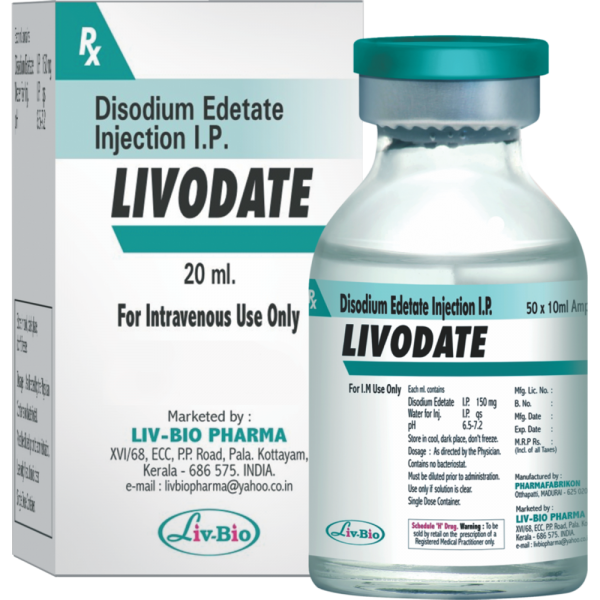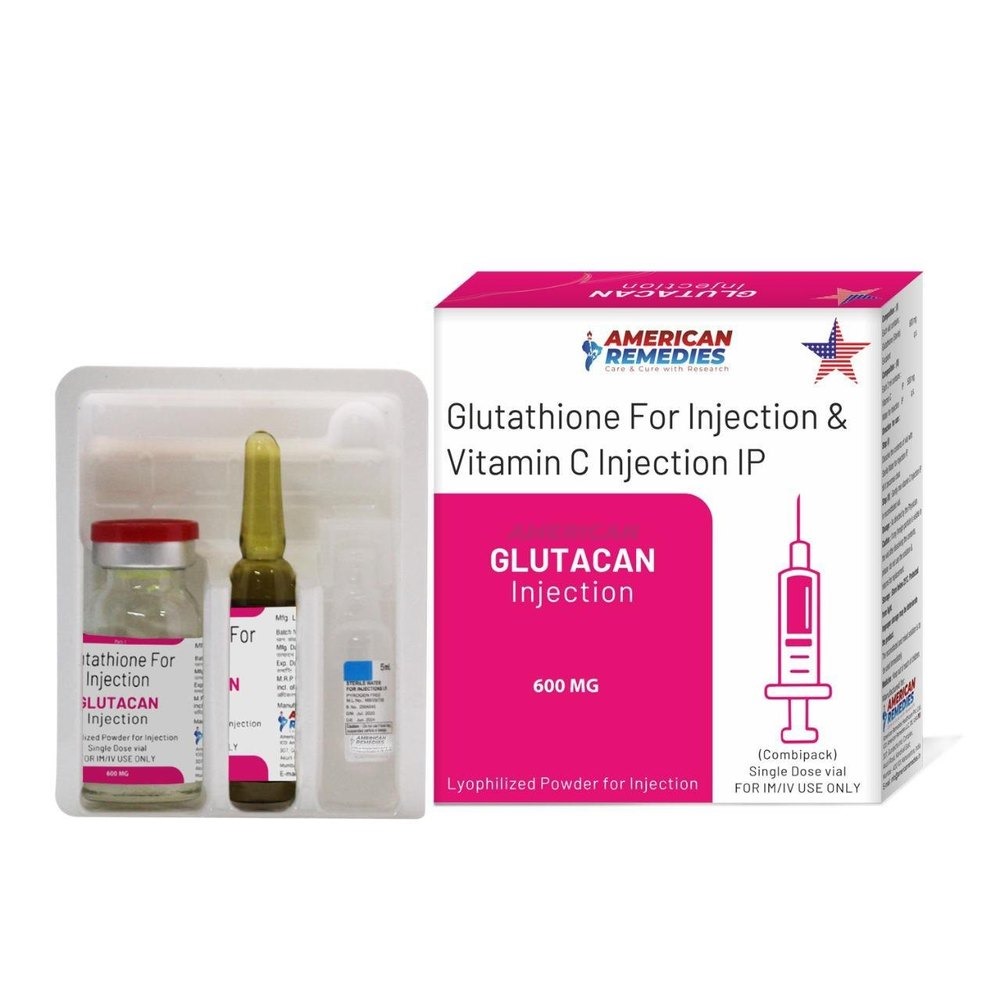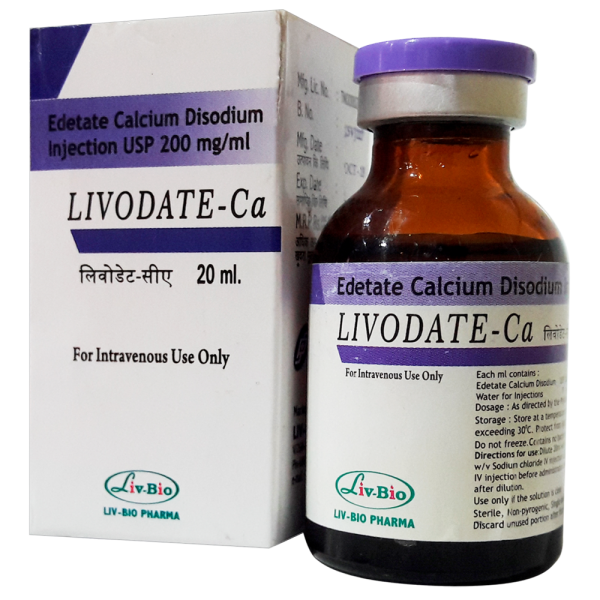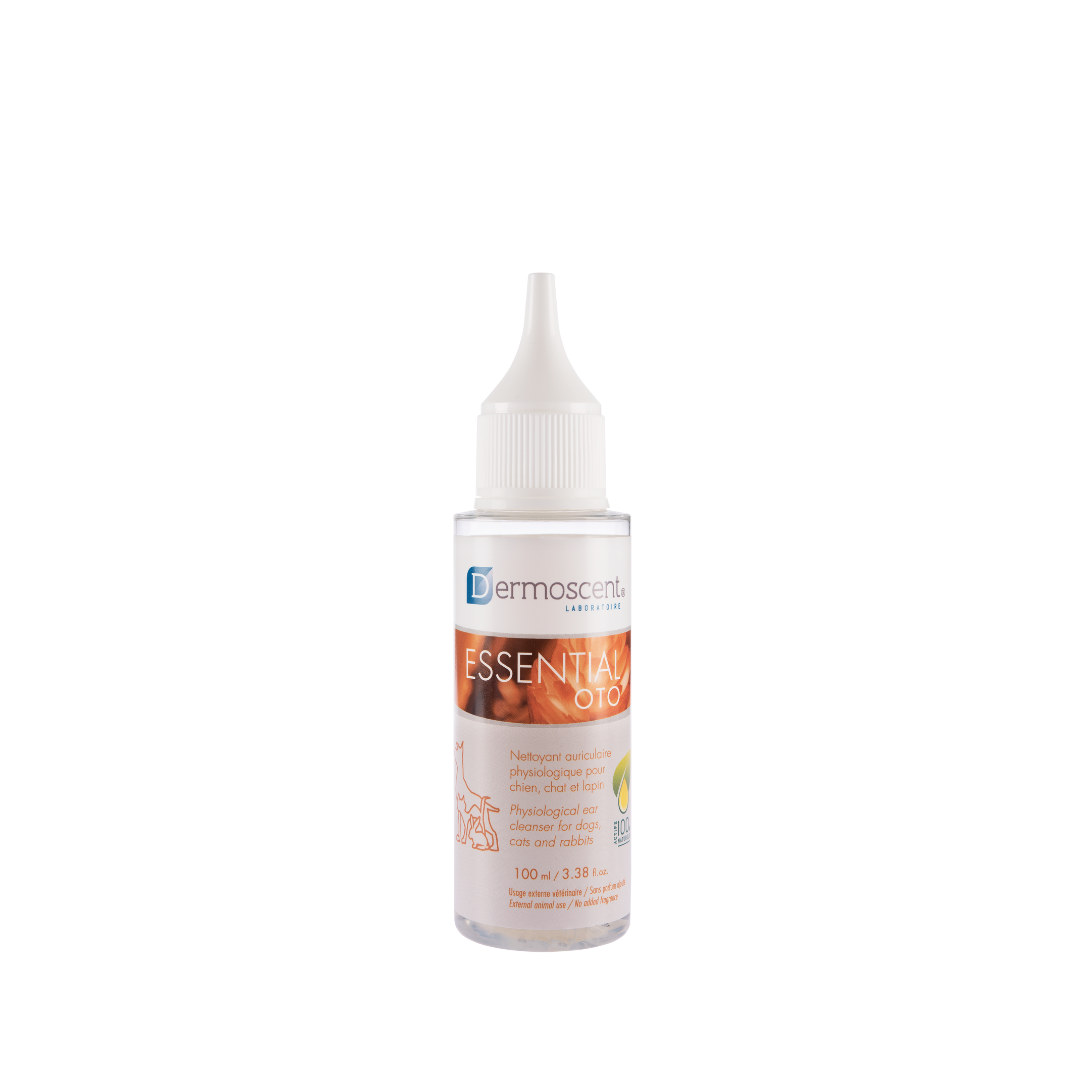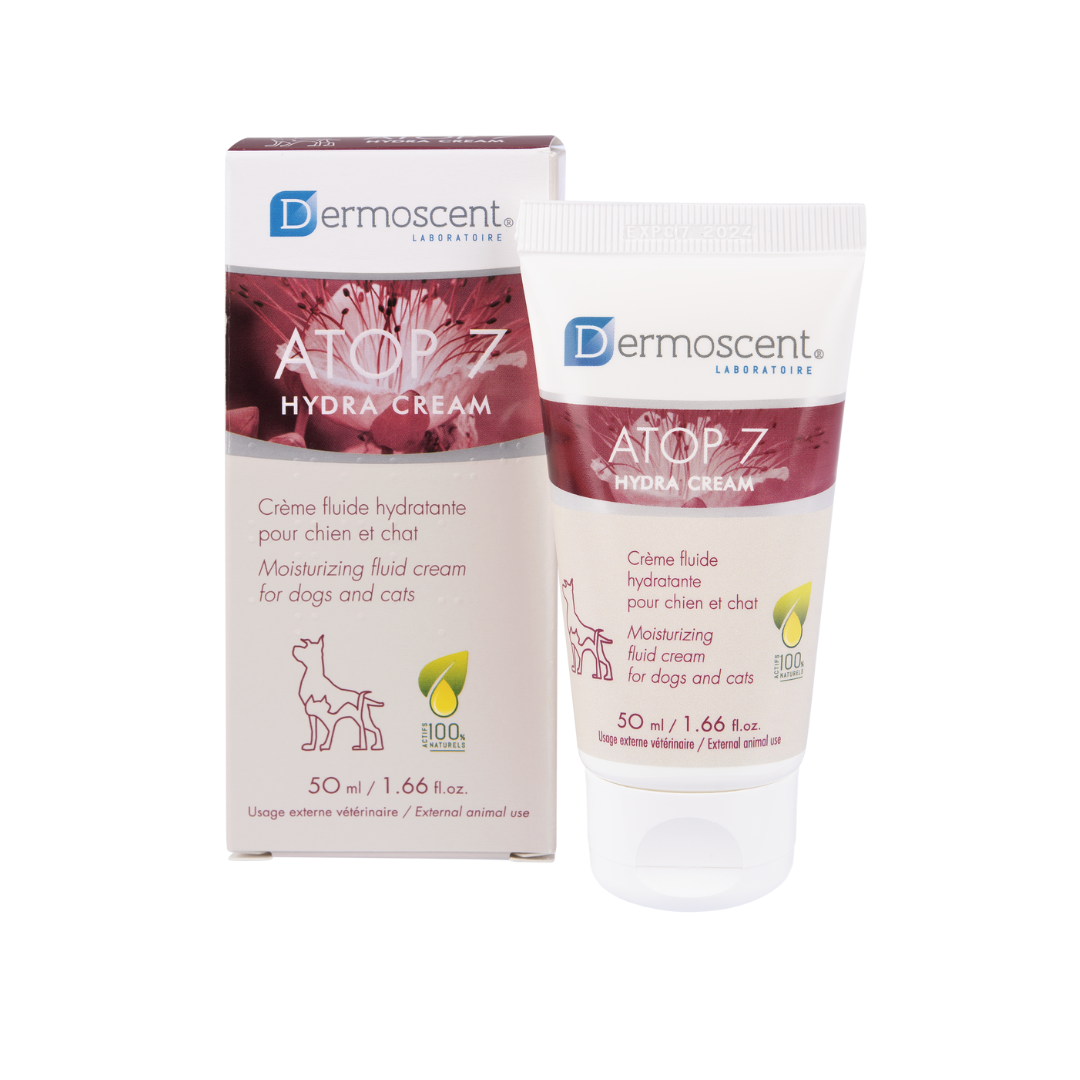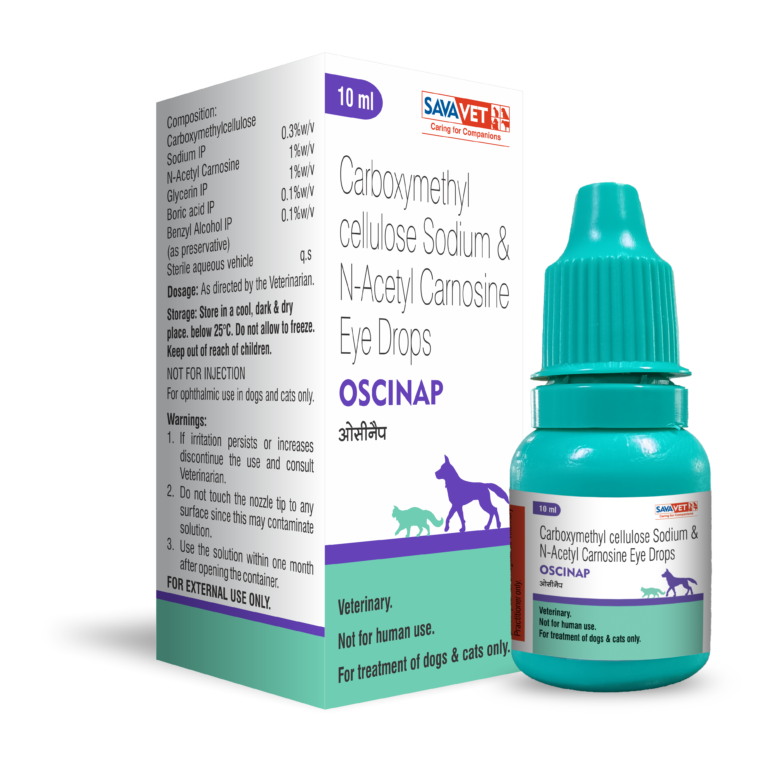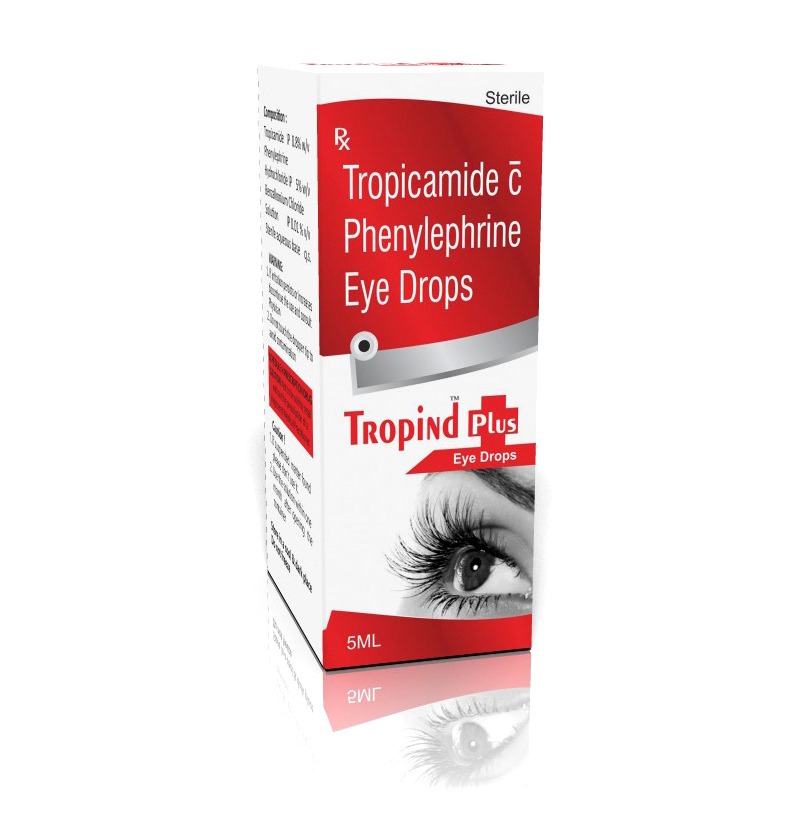Disodium Edetate Injection (also written as EDTA Disodium or Disodium EDTA) is a chelating agent with very limited and specific medical uses due to the risk of serious side effects. 🔹 Approved Medical Uses of Disodium Edetate Injection: 🔻 Treatment of Severe Hypercalcemia Primary use: Treats life-threatening high calcium levels in the blood. It binds to excess calcium ions and helps remove them from the body via the kidneys. 💊 Digitalis (Digoxin) Toxicity (rare/adjunct) In cases of digoxin overdose, disodium EDTA may be used to lower calcium, which worsens digoxin's toxic effects. ⚠️ NOT for Lead Poisoning ⚠️ Very important: Disodium EDTA is not used for lead poisoning. It can dangerously lower blood calcium and cause fatal hypocalcemia. The safe version for lead chelation is Calcium Disodium EDTA (CaNa₂EDTA). 💉 How It’s Given: Intravenously (IV) and must be administered slowly. Requires monitoring of calcium and kidney function. ⚠️ Risks and Side Effects: Severe hypocalcemia (can cause seizures, cardiac arrhythmias, or death). Kidney damage Nausea, vomiting, headache Blood pressure drops Injection site irritation 🚫 Not Approved For: “Detox” or anti-aging therapy Cardiovascular or atherosclerosis treatment (not FDA-approved and unsafe) ✅ Summary: Condition Use of Disodium EDTA Severe Hypercalcemia ✅ Yes Digoxin (digitalis) toxicity ⚠️ Rare, supportive Lead or heavy metal poisoning ❌ NO (use CaNa₂EDTA) Detox / cosmetic use ❌ Not approved/safe
Send Message